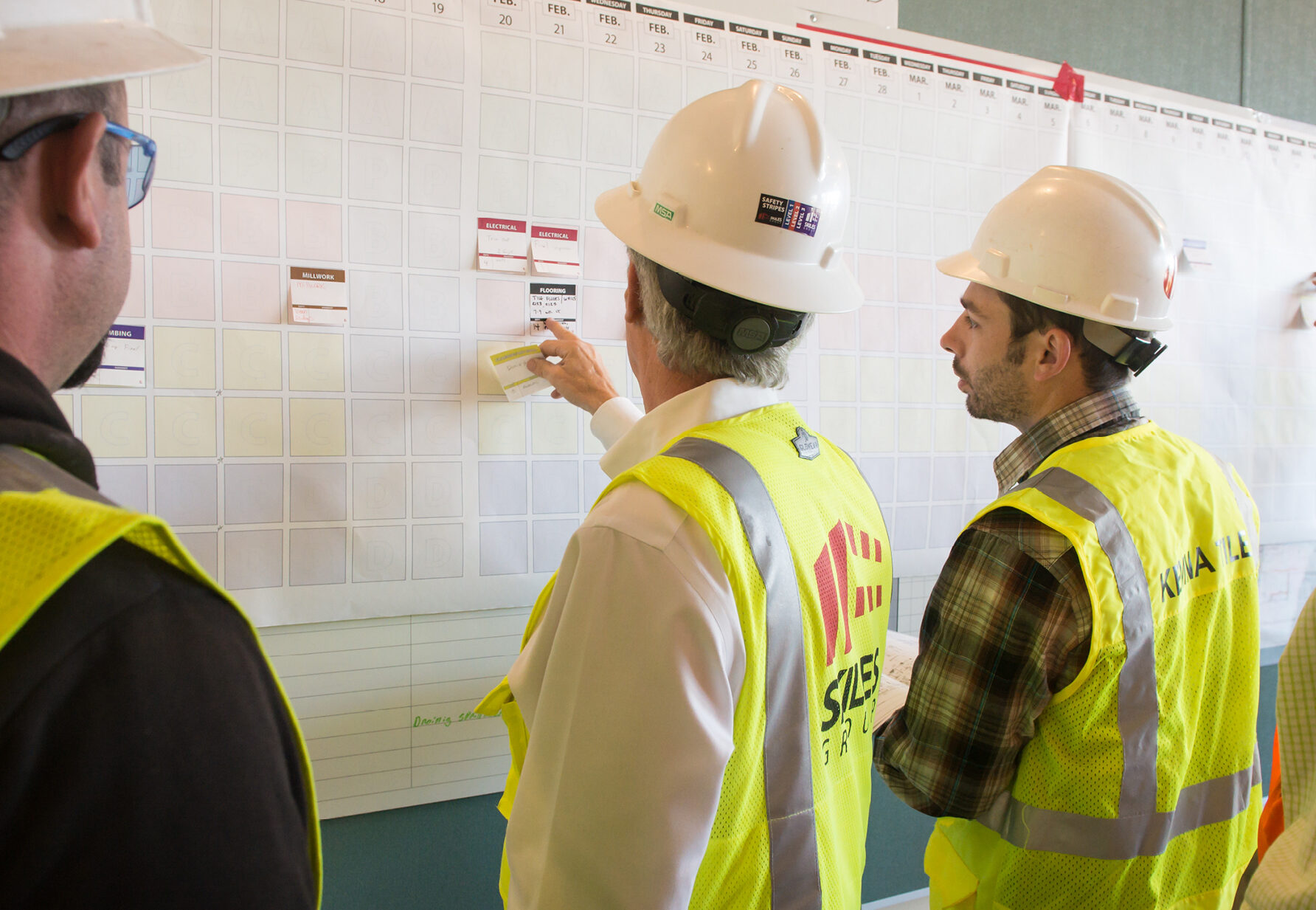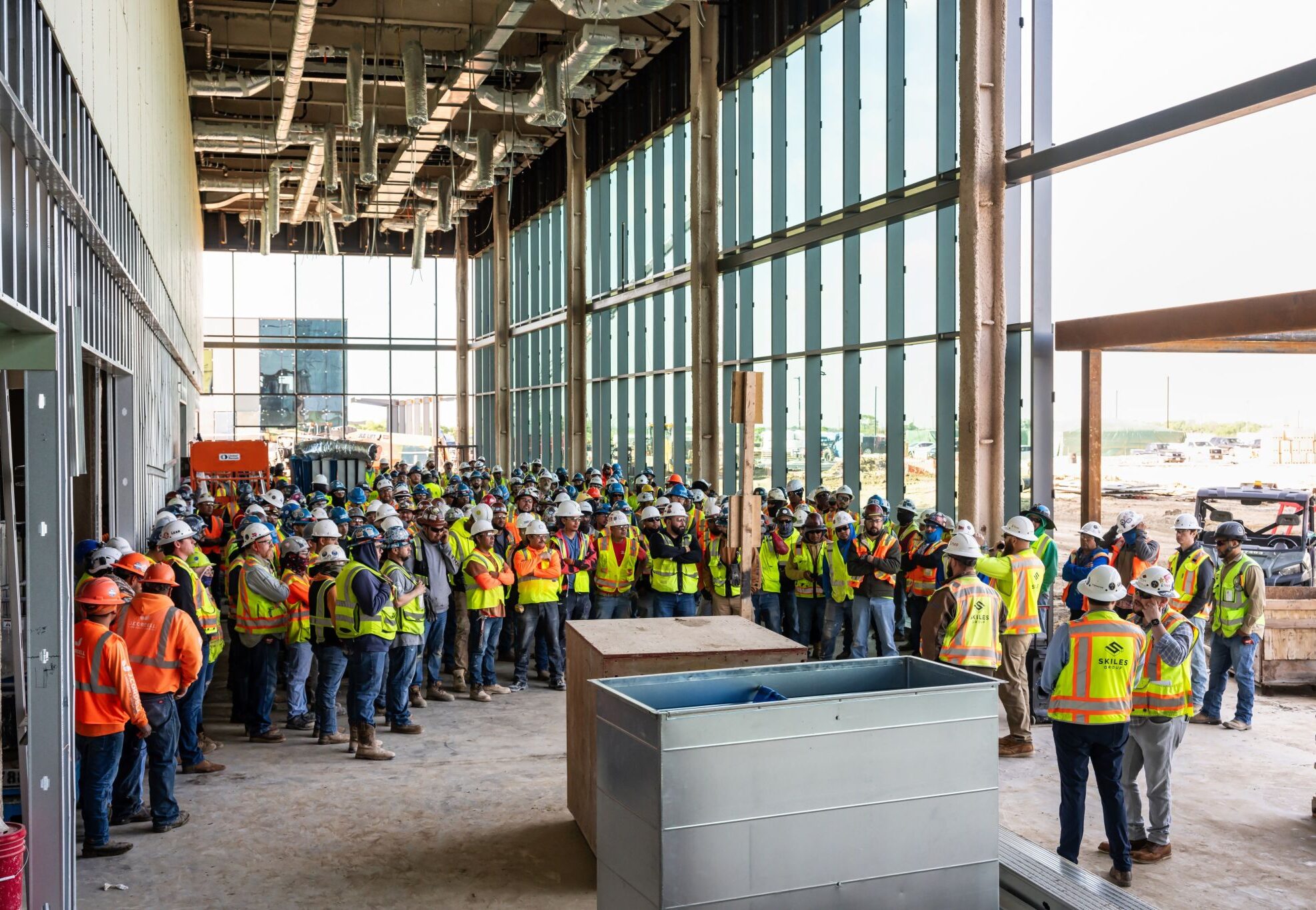Construction’s current evolution sees the introduction of futuristic technologies, such as drones and augmented reality, that are radically shaping the way projects are built and delivered to clients. And yet, in other ways, the industry is stuck in the stone age. One such dinosaur is the existing template for the general contractor/trade partner dynamic, which is one of adversaries, not allies.
There are several good reasons to evolve these relationships. The truth is, trades and contractors have a symbiotic affiliation with one another: trades can’t do what they do without general contractors, and vice versa. It behooves all involved to partner for performance and support one another in their shared success.
Increased profitability is another compelling justification. Simply put, less drama on projects means less time wasted⎯and time, of course, equals money. Communication and understanding facilitate this. Aligning trade partners with the client’s view of a project’s success greatly improves their ability to deliver that success to the client. When the whole team is aligned towards a common set of goals, they are better able to perform.
A more professional, streamlined team atmosphere, where people work alongside one another as equals instead of against each other as obstacles to the other’s advancement, encourages people to bring their best selves to the trailer each day. The ripple effect will positively impact projects and will position companies as a preferred general contractor⎯not just with trades, but also with clients.
Below are six simple strategies for immediately evolving the trade partner dynamic.
1. Start by understanding the trade partner’s wants, needs and goals for the project. Every stakeholder, the trades included, will have its own definition of success and its own critical needs that need to be met for any given project. Without understanding the criteria, a general contractor can’t work with it to help ensure it’s positioned for success.
2. Clearly and consistently communicate the client’s and the project’s needs and objectives to trade partners so they understand those sides as well. When all stakeholders are having their needs met and their interests respected, they can work as partners in solving problems. A True North (also called Conditions of Satisfaction) session is a great place to start.
3. Invite partners input in scheduling. Allowing their involvement respects their role, achieves their buy-in on the schedule and allows them the opportunity to have ownership over their commitments. Look to the Lean Construction Institute to learn more about Pull Planning, which collaborates the scheduling process.
4. Hold partners accountable to those commitments, as they are promises they have made to the other trades. Holding a trade partner accountable is about supporting and improving relationships across the entire team. When all parties are held to a standard of accountability, they know they are working together as part of a cohesive unit instead of in disconnected silos. A daily huddle, where all trades communicate their progress and constraints, offers a great way to keep those commitments on the forefront and provides a natural opportunity for accountability checks.
5. Approach the trade partner’s problems and the general contractor’s problems as a “we” opportunity. Use the language of “we,” not “I” or “you,” to communicate a supportive team approach. For example, instead of, “You did this,” or “You need to fix this,” say, “What can we do to work together towards a solution on this?”
6. Remember the golden rule. Pay the trades on time, communicate with and listen to them, be fair with them and be just as quick to call with praise as with a complaint.
A trade partner’s success is a general contractor’s success in this uniquely interdependent relationship. This is especially important now, with historic labor shortages that are adversely impacting all involved in the business of construction. Evolving these relationships is a critical and too-often-overlooked key to successful project delivery and retaining satisfied clients. Fortunately, adopting a new view of the trade partner dynamic doesn’t require a financial investment, new technology, or the use of special glasses⎯changed perspectives and behaviors are free, and can be implemented immediately.
View the article on Construction Executive’s website here: https://www.constructionexec.com/article/evolving-the-trade-partner-relationship




